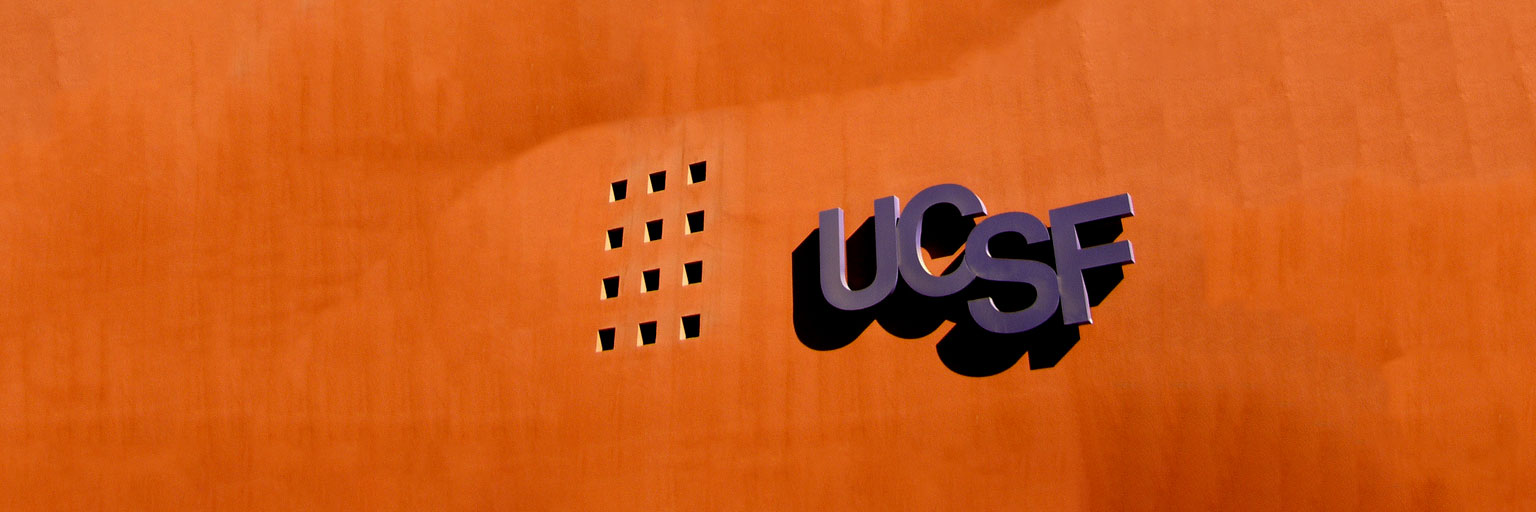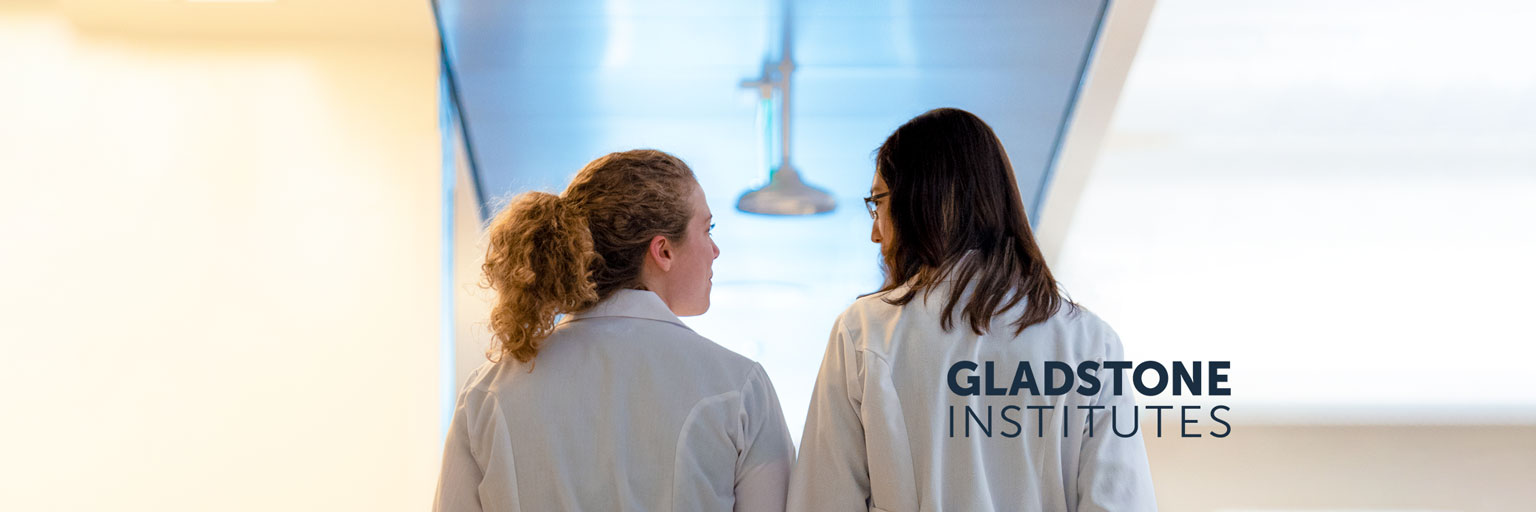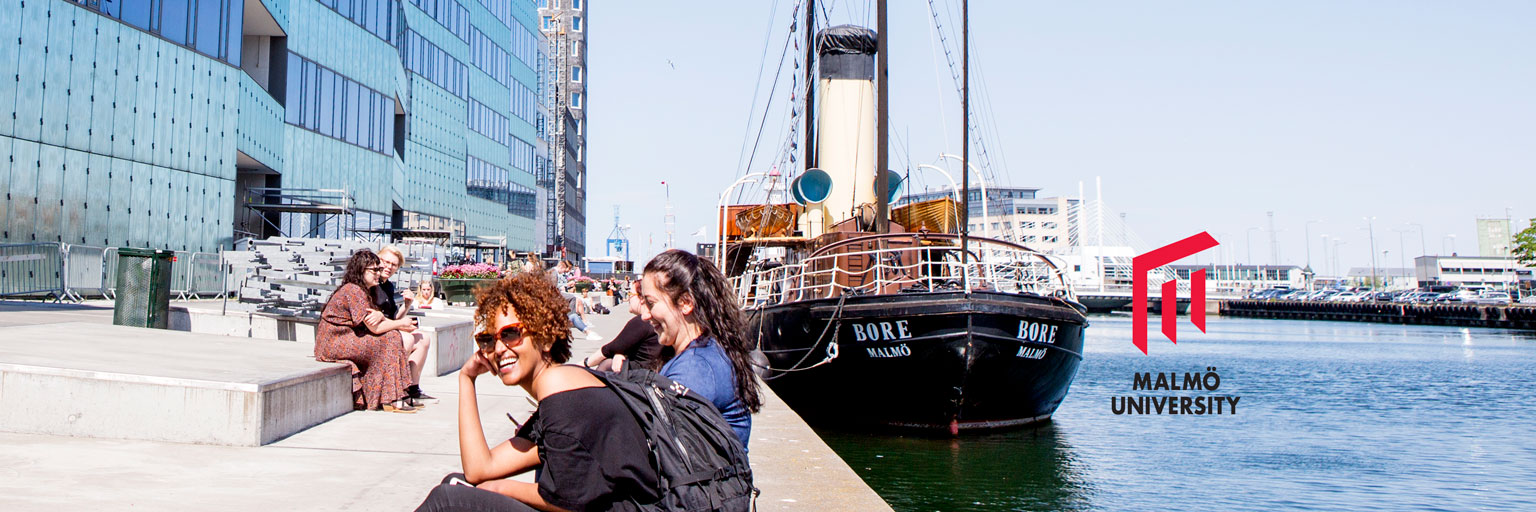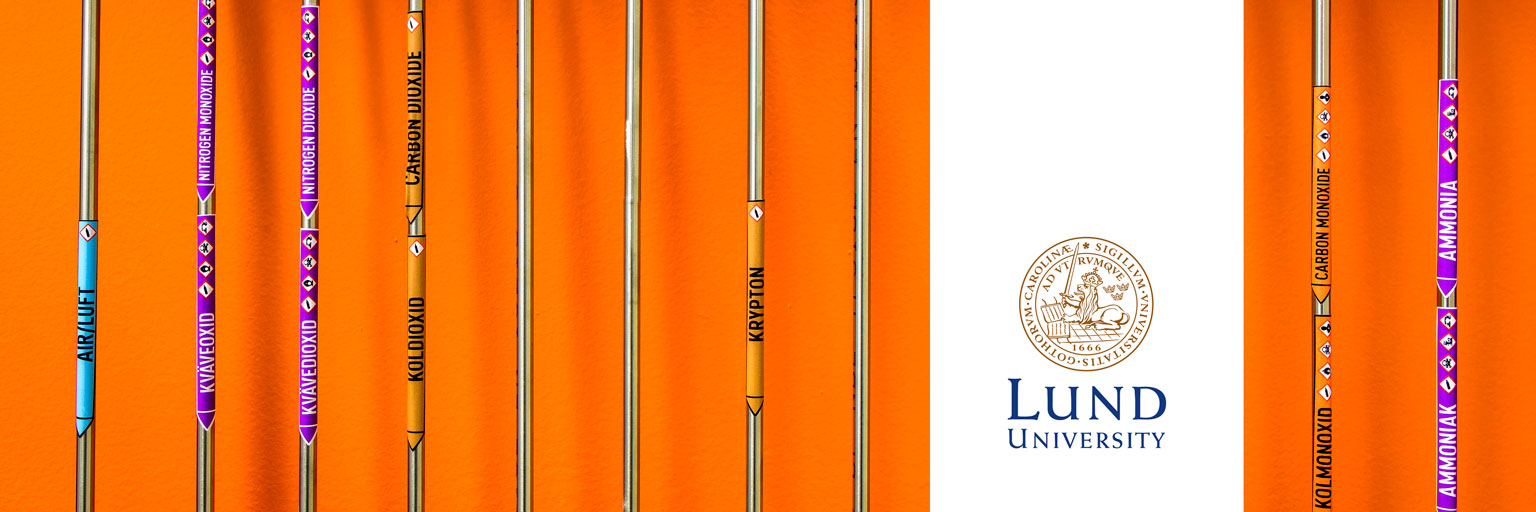
Lund University Cancer Centre
The birth place of HoloMonitor
The early HoloMonitor development began at Lund University. The relationship between Lund University and PHI has since evolved into partnerships with several research groups associated with Lund University Cancer Centre.
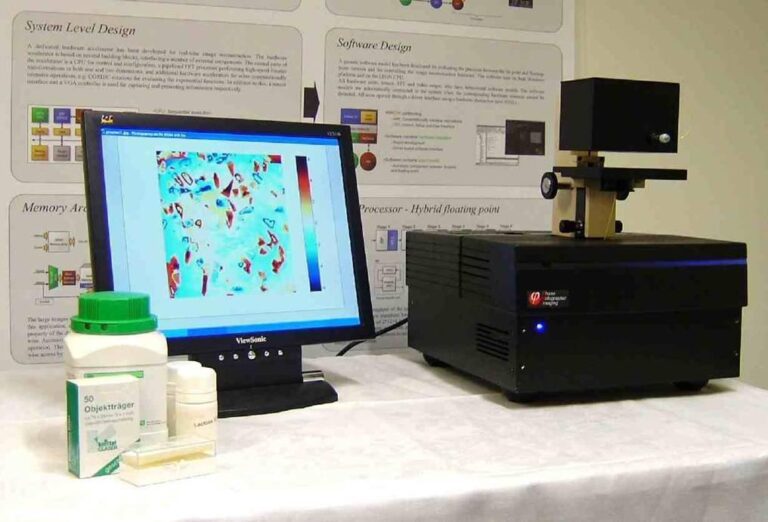
The first prototype of HoloMonitor, HoloMonitor M1, was built at and supported by Lund University.
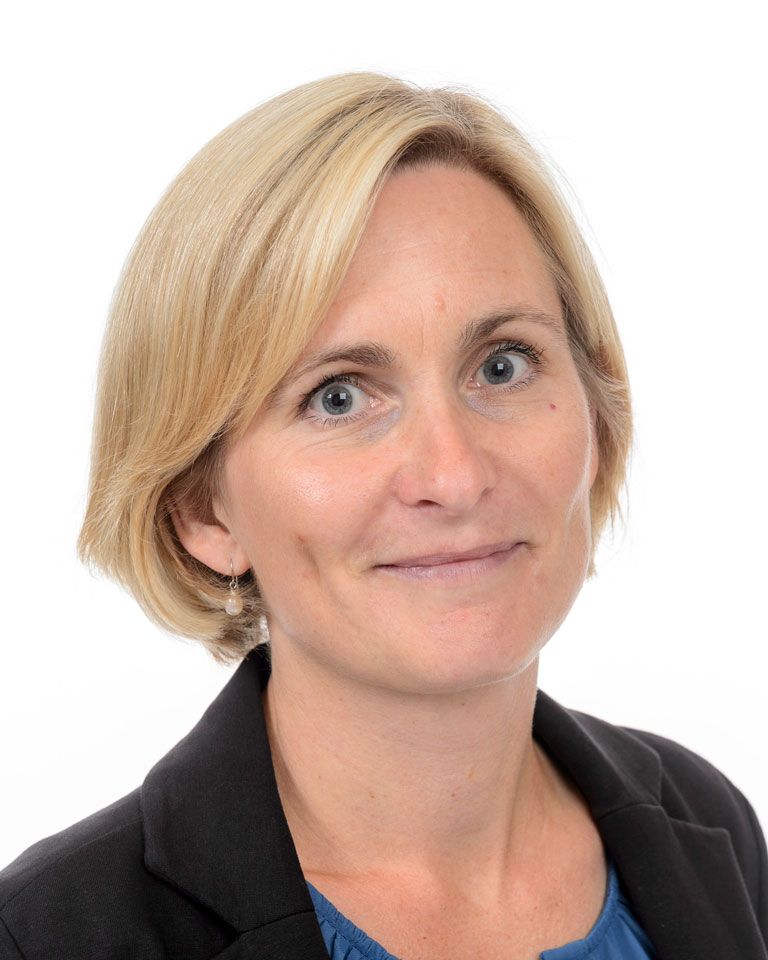
Malin Lindstedt, Department of Immunotechnology
Successful cancer immune therapy depends on a correct activation of the patient’s immune response. To better understand the head and neck cancer ecosystem, Professor Lindstedt’s research focuses on tumor-infiltrating immune cells. The goal is to find prognostic markers and novel immunotherapeutic approaches. Professor Lindstedt also develops cell-based assays to investigate the immunotoxicity of chemicals and chemical cocktails.
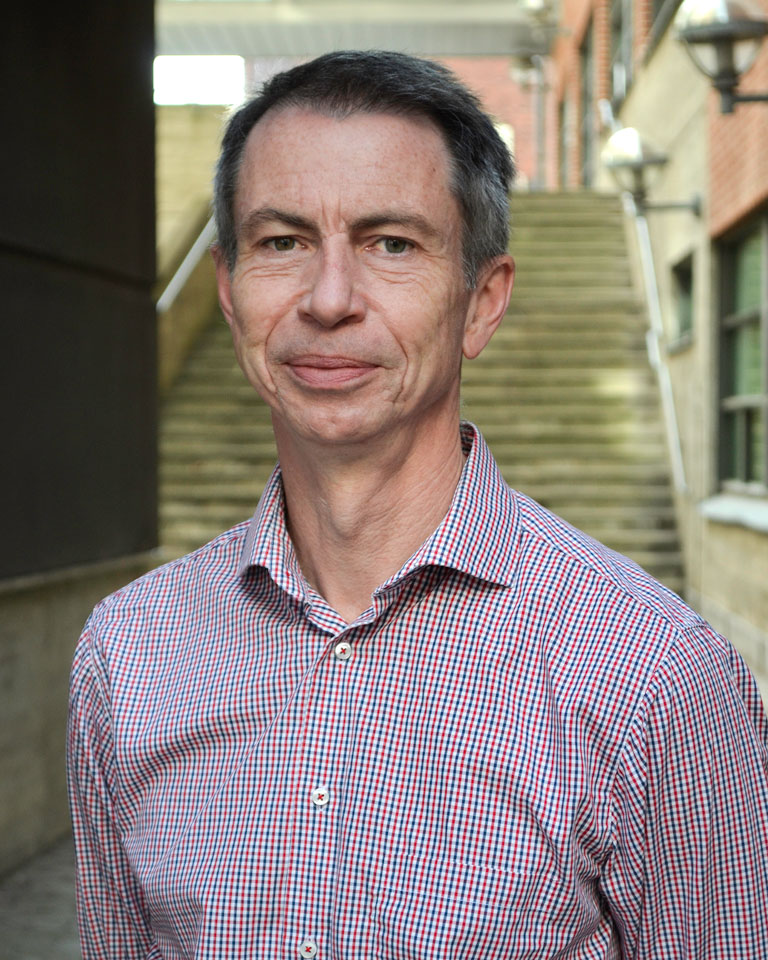
Magnus Abrahamson, Division of Clinical Chemistry and Pharmacology
The ubiquitous small protein cystatin C doubles as a marker for kidney function and a biomarker for cancer. Dr. Abrahamson aims to elucidate the diagnostic and therapeutic potential of cystatin C and other cystatins in melanoma and breast cancer, and to understand the cellular mechanisms leading to an uptake of these protease inhibitors as well as the consequences of this process on cancer cell growth and death.
“The use of HoloMonitor has given our research a new dimension, as a convenient tool to study the effect of cystatins on proliferation of cancer cells in real-time”
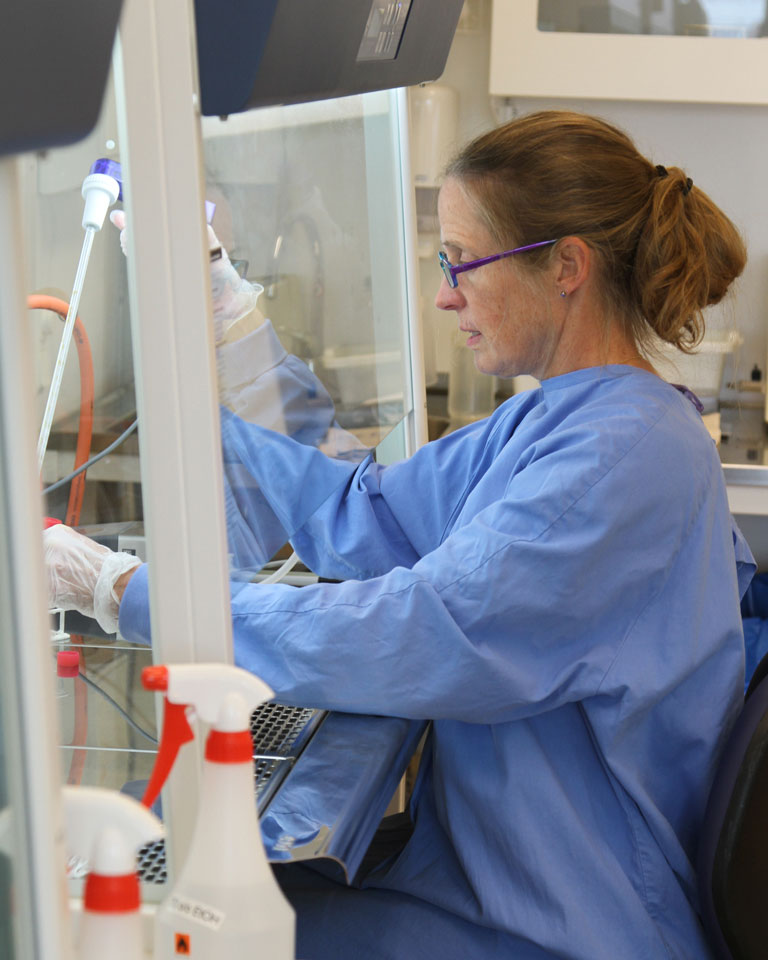
Stina Oredsson, Department of Biology
Cancer stem cells (CSCs) seem to be the major culprit of cancer relapse. Conventional chemotherapy targets bulk cancer cells, while CSCs on the other hand survive and may initiate new tumors. Professor Oredsson aims to find new chemotherapeutic substances that target CSCs by isolating and modifying compounds found in plants used in traditional medicine.
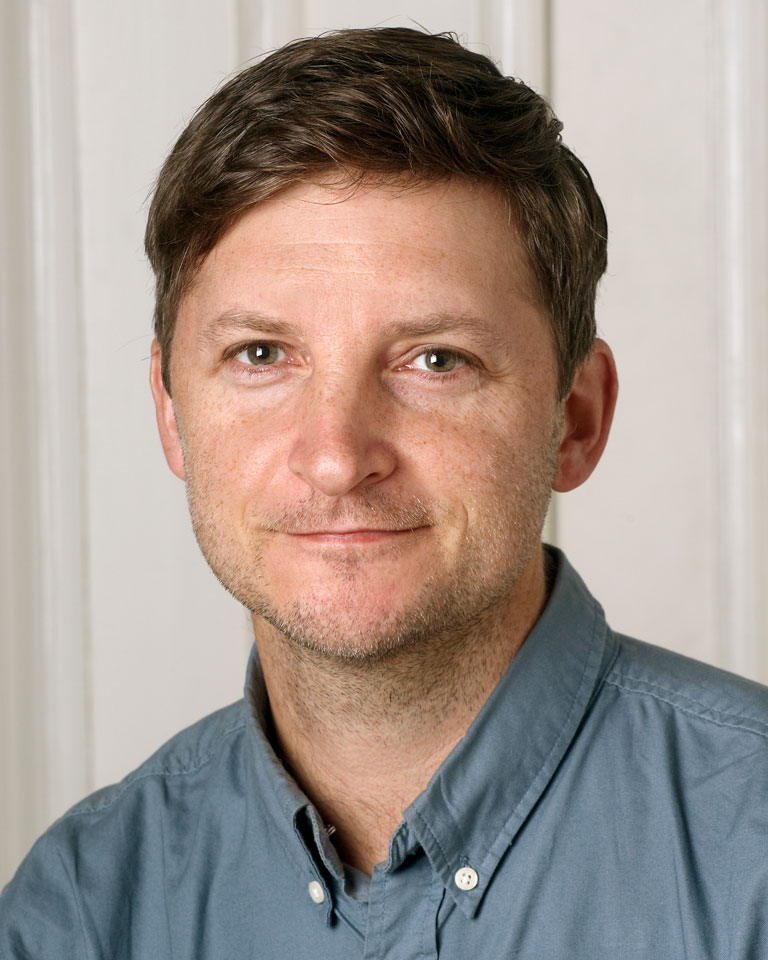
Marcus Järås, Division of Clinical Genetics
Genetic alterations in normal blood stem cells can result in the formation of leukemic stem cells that are the cellular source for leukemia. The leukemia stem cells are resistant to chemotherapeutic agents and cause disease relapse following treatment. Dr. Järås pioneers screens designed to identify new therapeutic targets on leukemic stem cells, towards which future therapies can be directed.
“My research group has successfully used HoloMonitor to study the leukemia cells in a previously unprecedented manner”

